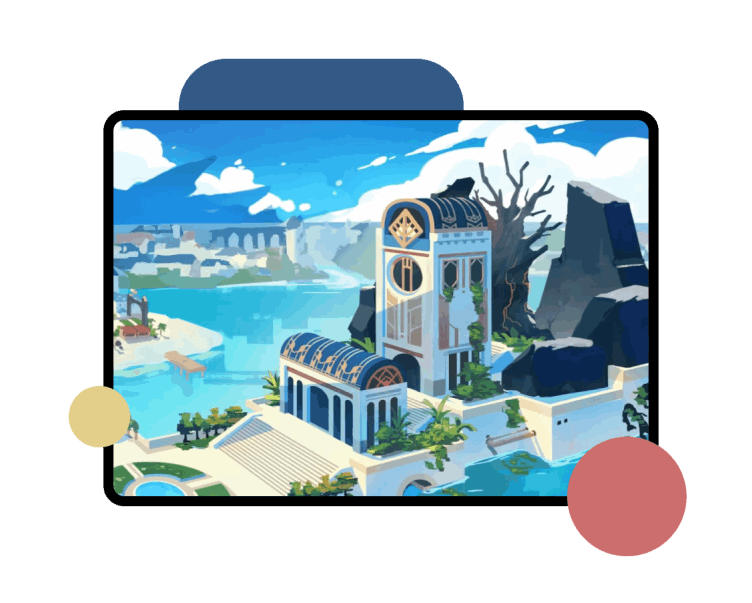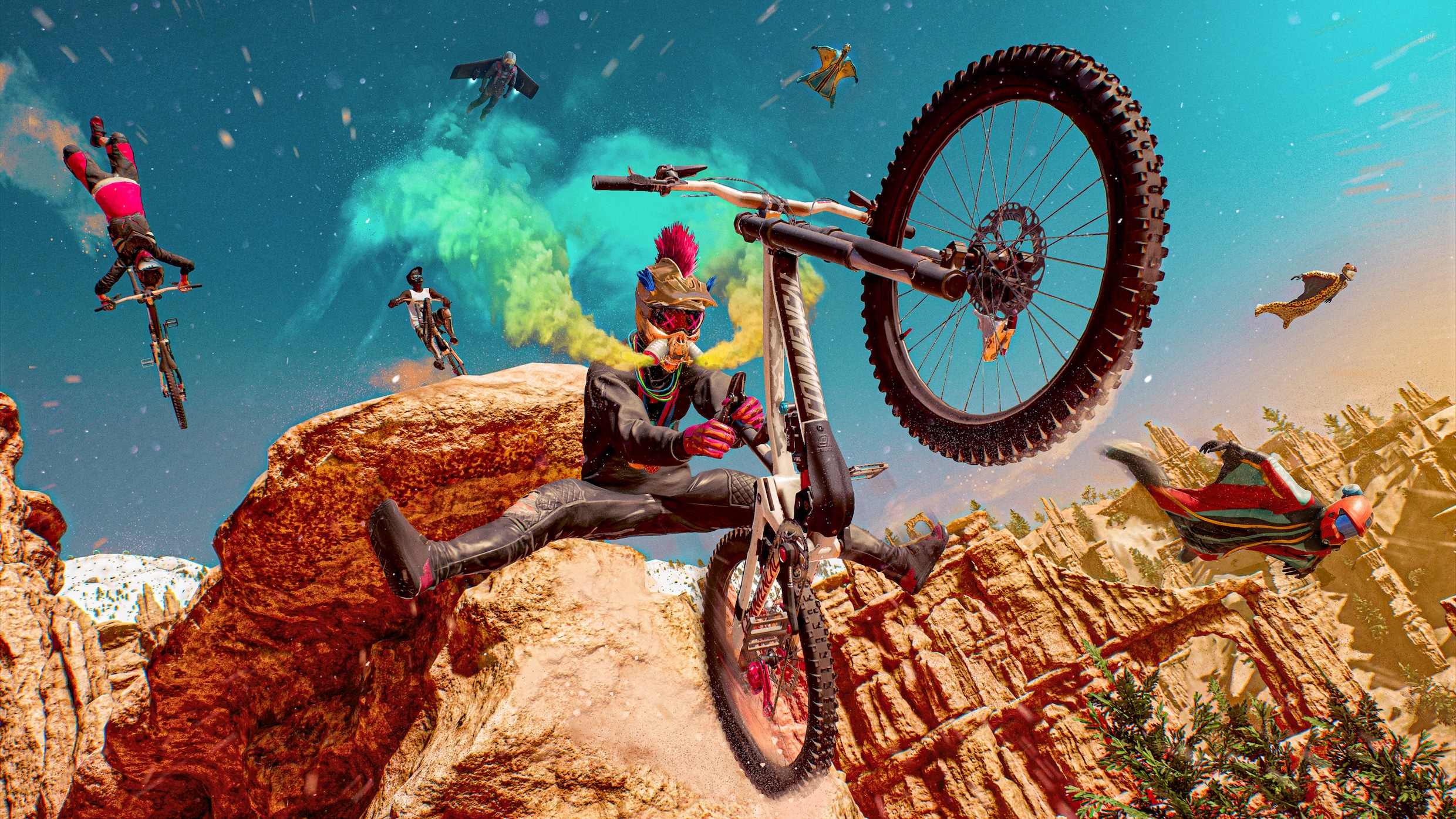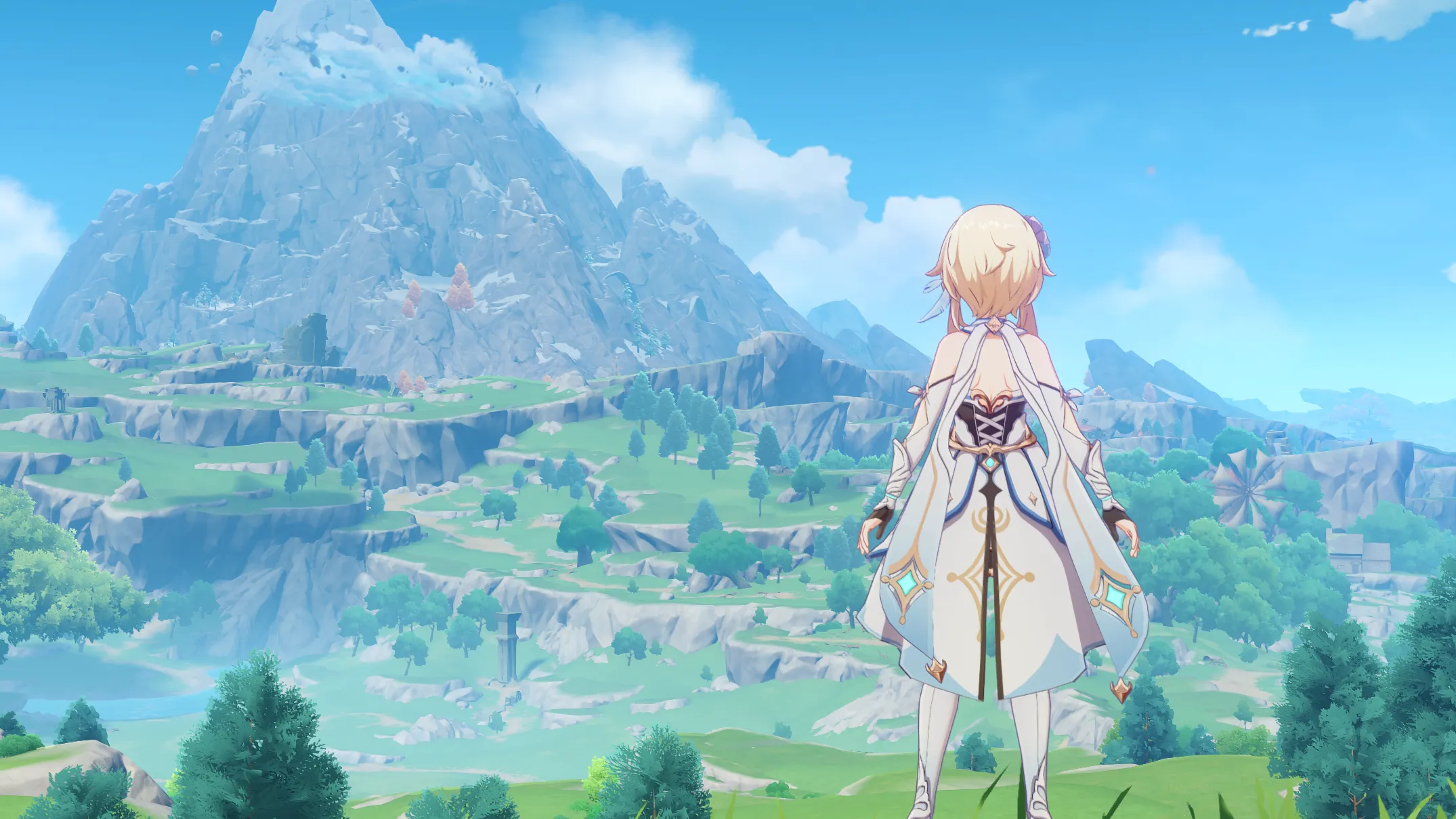Game UX project: Finding the fun
In this project, I focused on improving the player experience by addressing key pain points in player vs. player (PvP) interactions. By combining user feedback with gameplay video analysis, I identified opportunities to enhance engagement, gameplay flow, and long-term retention for players.
While details are under NDA, I’m excited to share the insights and process behind the work!






